
cd_nom
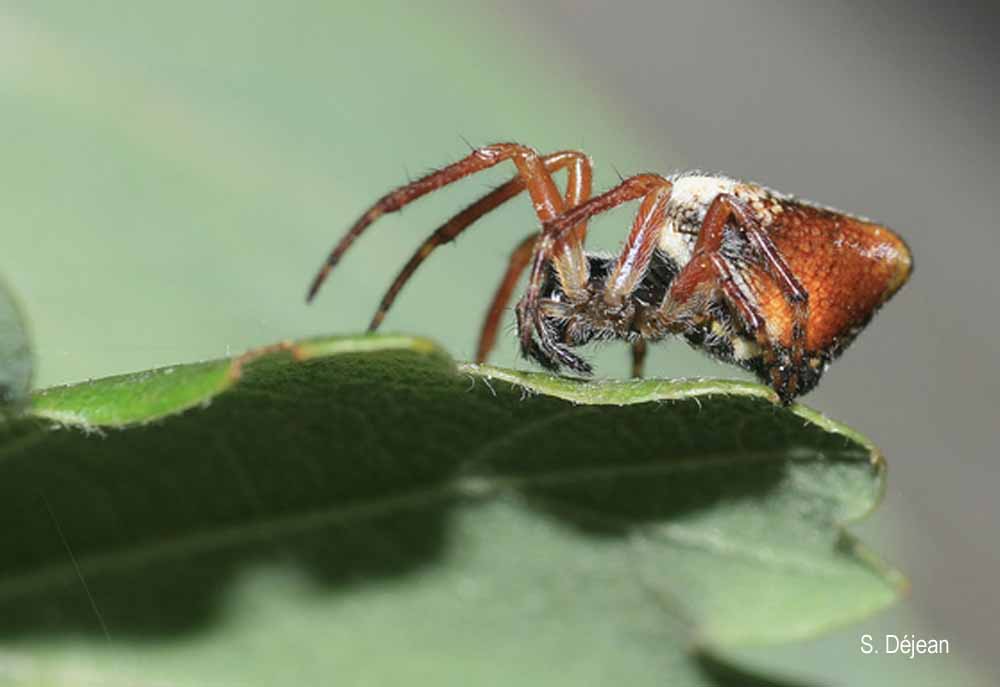
| Author : S. Déjean |
 |
To get the picture, please visit:
Sylvain Déjean
Biodiversité et gestion des territoires
Université de Rennes 1
SPN, Av du Gal leclerc
30042 Rennes Cedex
email: alain.canard@univ-rennes1.fr
Legend: lacaune
Any reuse of one or more photographs on this site is subject to an authorization request from the author.
Link to the Code of Intellectual Property (Legifrance)
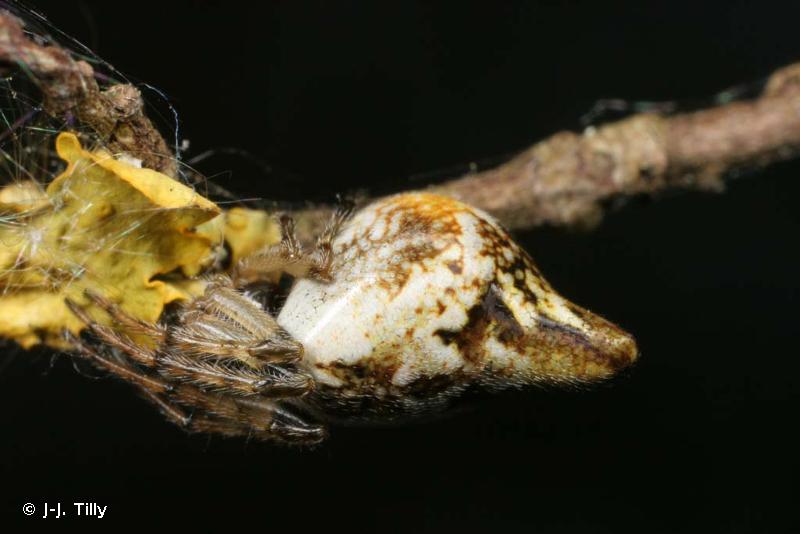
| Author : J-J. Tilly |
 |
To get the picture, please visit:
Jean-Jacques Tilly
Association française d'Arachnologie
http://asfra.fr/Site/Main_public.html
email : inpn@mnhn.fr
Any reuse of one or more photographs on this site is subject to an authorization request from the author.
Link to the Code of Intellectual Property (Legifrance)
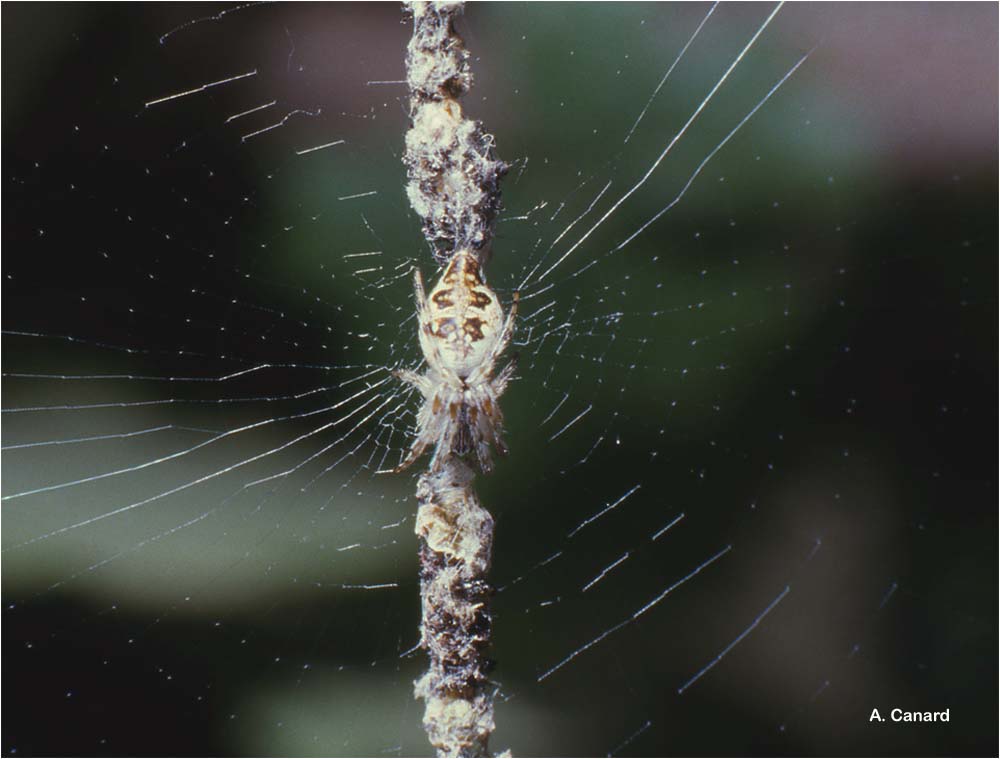
| Author : A. Canard |
 |
To get the picture, please visit:
Alain Canard
Biodiversité et gestion des territoires
Université de Rennes 1
SPN, Av du Gal leclerc
30042 Rennes Cedex
email: alain.canard@univ-rennes1.fr
Legend: femelle, Paimont
Any reuse of one or more photographs on this site is subject to an authorization request from the author.
Link to the Code of Intellectual Property (Legifrance)
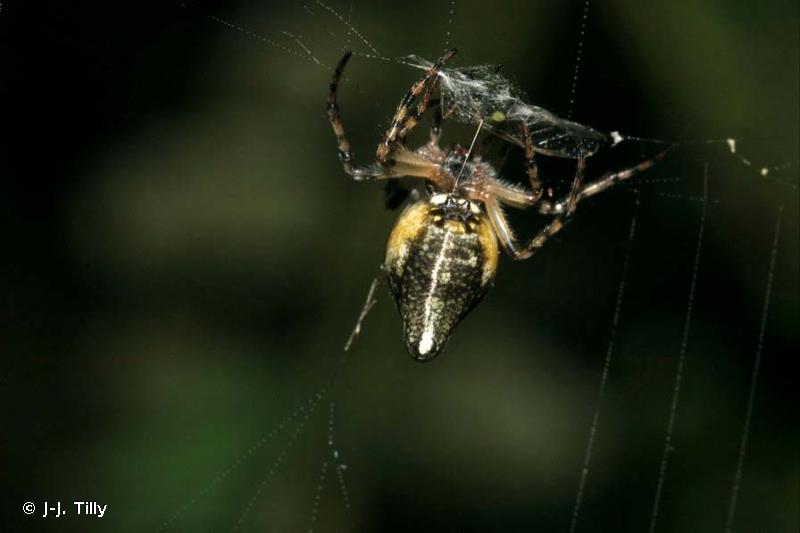
| Author : J-J. Tilly |
 |
To get the picture, please visit:
Jean-Jacques Tilly
Association française d'Arachnologie
http://asfra.fr/Site/Main_public.html
email : inpn@mnhn.fr
Any reuse of one or more photographs on this site is subject to an authorization request from the author.
Link to the Code of Intellectual Property (Legifrance)
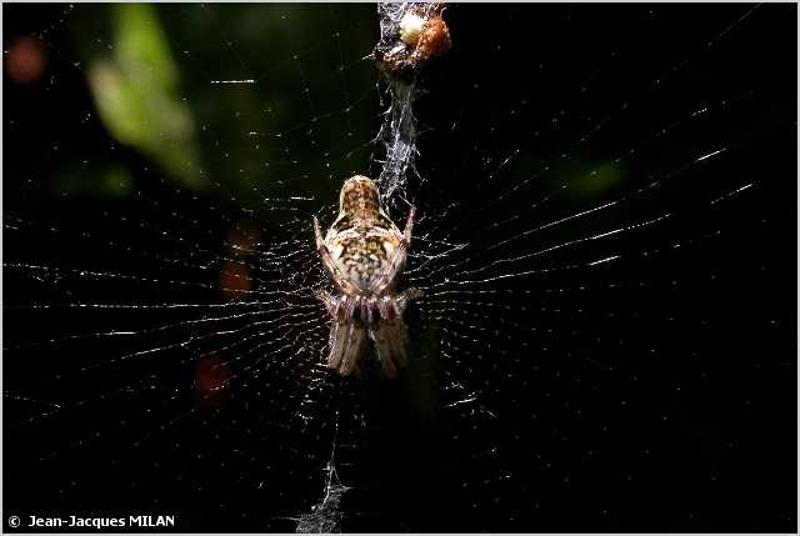
| Author : J.-J. Milan |
 |
To get the picture, please visit:
Jean-Jacques Milan
http://jjmphoto.fr/#Galeries.B
Société linnéenne de Bordeaux
email : jean.jacques.milan@wanadoo.fr
Despite the Creative Commons license, please inform the author of the use which will be made of his photo

| Author : J-J. Tilly |
 |
To get the picture, please visit:
Jean-Jacques Tilly
Association française d'Arachnologie
http://asfra.fr/Site/Main_public.html
email : inpn@mnhn.fr
Any reuse of one or more photographs on this site is subject to an authorization request from the author.
Link to the Code of Intellectual Property (Legifrance)
Distribution mondiale
Europe, Bassin méditerranéen, Asie du Nord, Amérique du Nord
Caractères distinctifs, espèces
Taille - femelle : 5-8 mm, mâle : 3-5 mm.
Son abdomen est pourvu d'un tubercule dorso-apical plus ou moins saillant, ce qui donne lieu à quelque sous-espèces. Il existe cinq espèces de Cyclosa en France. C. conicadiffère de C. oculata qui présente plusieurs tubercules et est en outre plus petite. Le sindividus de cette espèce se tiennent au centre de leur toile, le céphalothrax vers le bas, contrairement à C. insulana qui est orientée vers le haut.
Milieux colonisés
Elle colonise plutôt les forêts, qu'elles soient d'arbres à feuilles caduques ou non.
Chasse
La toile, très petite, très régulière, aux spires serrées, est tissée entre les branches et rameaux des arbres. Une soie blanche, bien visible, épaisse, est tissée verticalement sur la toile. Les proies et les détritus qui tombent sur la toile sont alignés progressivement sur cette structure très caractéristique de l'espèce avec une interruption au milieu qui correspond à la position que prend l'araignée en attendant les proies. Lorsque la toile est refaite, elle l'est souvent par moitiés, jusqu'à la ligne médiane. Perturbée, l'Epeire conique, secoue sa toile énergiquement comme l'Epeire diadème.
Développement, cycle
Le cycle est annuel. Les adultes des deux sexes sont présents surtout d'avril à juillet et aussi en automne, les femelles survivant jusqu'en hiver.
La ponte a lieu en Juillet-Août, les œufs, de 30 à 80, sont recouverts par un ensemble globulaire de soie jaune. Le cocon est souvent visible, fixé à extrémité de rameaux.
A. Canard(Université de Rennes/Service du Patrimoine Naturel, MNHN),2014
Continental
Metropolitan France
Overseas
Marine
Metropolitan France
Overseas
The map presents a summary at the 10 x 10 km grid of the observation data for the species transmitted to the SINP. These data have been subjected to validation filters.
The map presents a reference distribution layer of the species at the scale of departments and marine sectors. The presence and absence data were established by expertise within a network of partners. This reference distribution is used in the validation process of the SINP data at the INPN level.
Corresponds to a report on the basis of at least one observation proved within a period of 10 years (20 years for little-known invertebrates) preceding the year and no presumption of extinction since obtaining the last data nor doubt on reproductive and implemented nature of this population. For migratory species, the presence indicated concerns areas of reproduction.
This status is based on one or more of the following criteria:
This point covers the absence, more difficult by nature to demonstrate than presence. This status is based on one or more of the following criteria:
This status must be assigned to a department in which the presence of the species is casual.
Particular case of absence due to a proven extinction less than a half century ago (older disappearances are treated as "no probable or definite").
In the state of knowledge, we can not comment on the presence or absence in the current department. This is the default status when not comprised in one of the previous categories or whenever there is doubt.
The map shows the global distribution of the species based on GBIF data (Global Biodiversity Information Facility).
